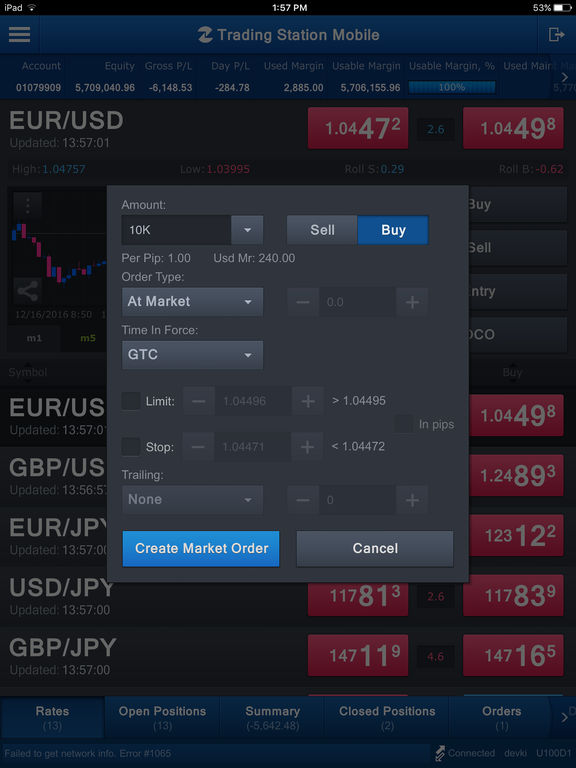
Reliability, trading conditions, fund safety, and licensing are a few examples. There are a few basic requirements that every trading software should meet. This function is extremely popular among Forex brokers. Traders can put their skills to the test to determine what they would do before committing actual capital. Some trading software has the option to place risk-free, no-real-money trades, known as paper trading. Furthermore, these software solutions may include backtesting features that allow traders to evaluate how their trading software might have performed in the past. Using advanced trading software, traders can create trading software that can be executed automatically rather than manually pressing a button.

Some trading software includes access to fundamental information such as financial statements, analyst ratings, and other proprietary tools designed to help investors with their due diligence. Most trading software includes interactive charting features, such as chart patterns along with trend lines and shapes, as well as technical indicators like moving averages or momentum oscillators. Trading software comes in a variety of types, each with its own set of features offered by brokerages and third-party developers. APIs are not always required because a user can run two or more programs independently on their computer, even if they do not communicate with each other. This allows users to take advantage of the benefits of many pieces of software.

APIs allow two more pieces of trading software to be linked together and work as one. The availability of application programming interfaces (APIs) has also contributed to the growth of the trading software industry. This has increased demand for software that includes trading capabilities as well as analytical and information resources.

In addition to learning how to trade or invest, self-directed traders must use and learn how to efficiently use their trading software.Īs commission costs have decreased over time, more traders and investors have begun to perform at least some of their own trading and analysis through self-directed trading accounts.Trading software facilitates financial product trading and analysis.Traders can also buy third-party trading software to supplement or improve the software provided by brokerages. The software may be downloadable and launchable from a desktop or mobile device, or it may be web-based, in which case the trader registers on a website to access the software. Brokerage firms usually provide trading software to their clients in order for them to place trades and manage their accounts. Trading software makes it easier to trade and analyze financial products, including stocks, options, futures, and currencies.


 0 kommentar(er)
0 kommentar(er)
